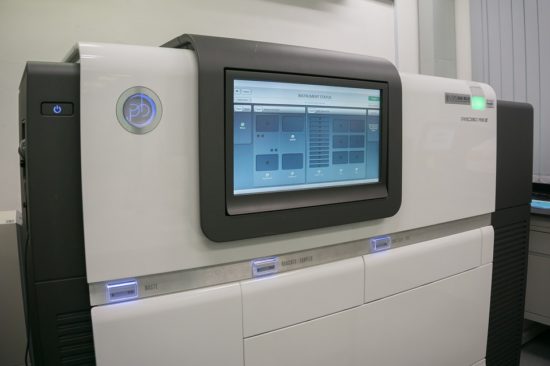NARMS Scientists Track Antibiotic Resistance in Foodborne Bacteria Using SMRT Sequencing
One of the key groups on the front lines of monitoring antibiotic resistance from farm to fork in the United States is the National Antimicrobial Resistance Monitoring System (NARMS). NARMS was launched in 1996 as an interagency partnership among the USDA, the FDA, the CDC, and state and local health departments to protect public health by tracking changes in the antimicrobial susceptibility of bacteria in food animals, retail meat and ill people.
Nationwide, public health labs submit Salmonella, Campylobacter, Shigella, Escherichia coli O157, and Vibrio isolates from clinical specimens and outbreaks to the CDC for testing. In addition, 19 states collect samples of retail chicken, ground beef and pork chops every month for culturing, serotyping, antimicrobial susceptibility testing, and genome sequencing by the FDA. Finally, the USDA conducts similar tests on bacteria isolated from food animals at randomly sampled, nationally representative slaughter and processing plants throughout the country.
By combining information from all these sources, NARMS can detect emerging trends in resistance, understand the genetic mechanisms of resistance, link illnesses to specific sources or practices, educate consumers, and develop data-driven recommendations for improving antibiotic stewardship.
AMR NEWS
Your Biweekly Source for Global AMR Insights!
Stay informed with the essential newsletter that brings together all the latest One Health news on antimicrobial resistance. Delivered straight to your inbox every two weeks, AMR NEWS provides a curated selection of international insights, key publications, and the latest updates in the fight against AMR.
Don’t miss out on staying ahead in the global AMR movement—subscribe now!







